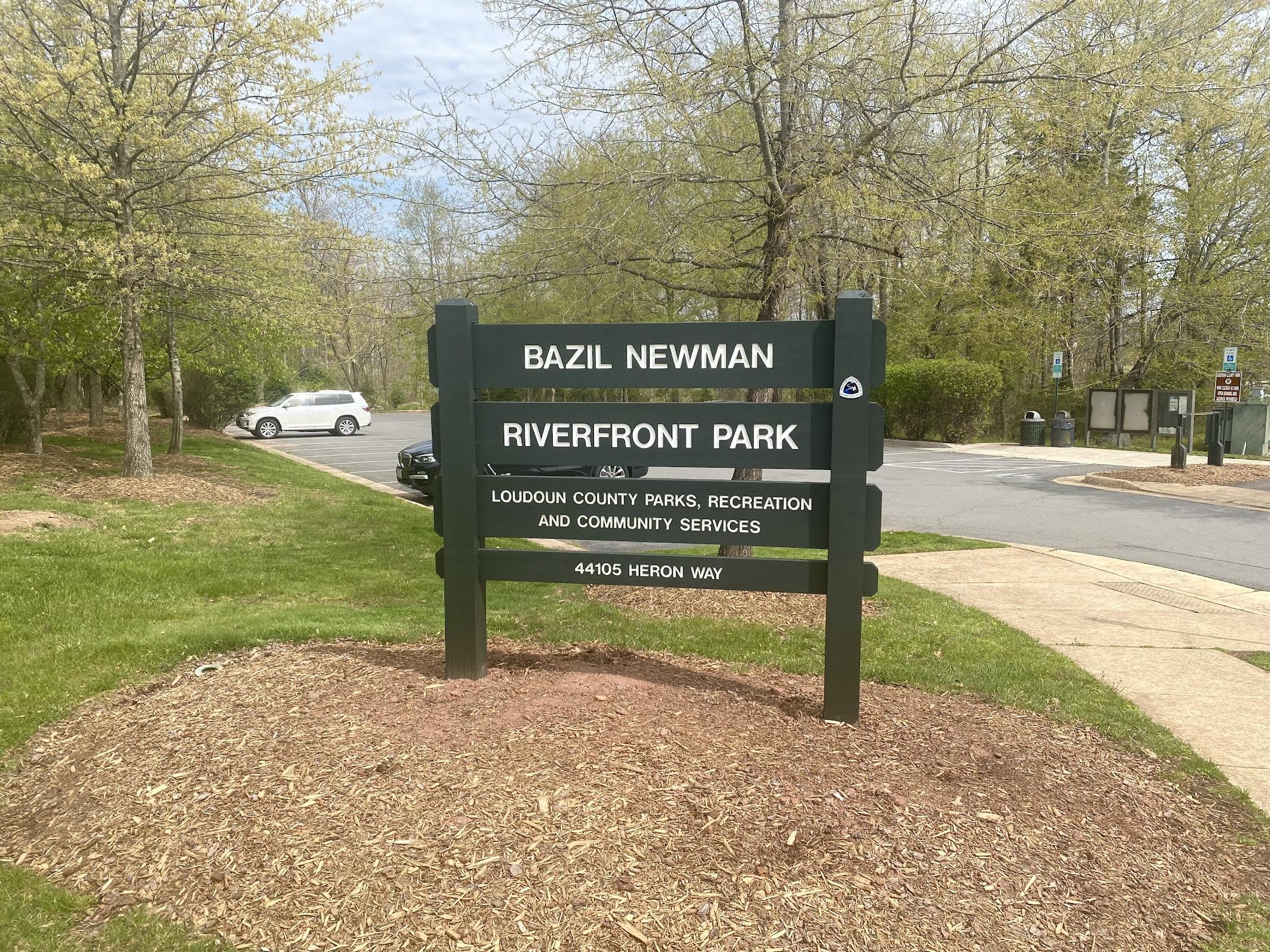This Virginia park was given a new name to honor the land’s previous owner: a free Black man from the early 1800s
/Learn more about Bazil Newman, an entrepreneur on the Potomac River
photo courtesy of ashburn magazine
The Potomac River has served as a backdrop for many critical events throughout American history. It also holds significance to the communities that have lived around it for centuries, providing a source of livelihood and a place to call home.
During the United States’ infancy, the prevalence of slavery and discriminatory legislation enacted against free people of color made it difficult for Black entrepreneurs to thrive in the country. Many carried on in the face of adversity. Bazil Newman, who ran a prosperous boating business on the Potomac River in the early to mid-19th century, was one of them.
A family tradition
Just a few years after the United States gained independence, Bazil Newman was born in 1779 to a Black father and a white mother. As a free Black man living in Virginia, Newman faced many obstacles posed by his state’s government.
Free Black people had to carry a “Freedom paper” at all times, declaring their independence to any questioning white people. State regulations discriminated against free Black citizens in many other ways—including laws that banned them from assembling, preaching, and learning how to read and write.
Despite this, Newman owned land in Loudoun County, where Goose Creek meets the Potomac River at Edwards Ferry. In addition to being a landowner, he established a ferrying business and operated a gristmill on his property.
sunset on the potomac river near edwards ferry. photo courtesy of nicolas raymond via flickr (CC BY 2.0)
Boating was a common profession among the Newman family. Bazil’s younger brother Hezekiah also worked as a ferryman, and various tax records from the mid-1800s indicated several other Newmans that had similar occupations, working at various locations along the Potomac.
For his business, Bazil primarily transported grain and flour, ground by his mill and others in the Goose Creek watershed, across the river towards Montgomery County, MD.
A thriving enterprise
Because Black boatmen were suspected of helping enslaved people escape to freedom, they were required to acquire certificates from “respectable white persons” to confirm the accuracy of their shipping records, though this mandate was not widely enforced.
In 1839, Newman befriended William Shreve who set up a shipping warehouse on or near Newman’s land. Shreve, a white man, took to the local newspaper Genius of Liberty to advertise Newman’s boating prowess and his own warehouse to drive in business.
“Bazil Newman, well-known as an old and experienced boatman,” one advertisement read, “will attend at the warehouse to receive and forward goods.”
It wasn’t long before Newman began placing ads in the paper himself, an extremely uncommon practice for Black entrepreneurs at the time.
Genius of Liberty, 1830
Historians believe that it is highly likely Newman used his boating enterprise to help enslaved people escape across the Potomac to the North.
While there is no concrete evidence supporting this claim, there are accounts of enslaved people making the journey over the Potomac where Newman’s property rested:
“It afterwards came to be known that the ferryman at Edwards Ferry, on the Potomac, was the underground agent of these organized thieves, at the ferry, and the Chesapeake and Ohio Canal was a part of the route which received, on certain boats, fugitives brought over the river by the ferryman,” read a memoir by a white Loudoun resident.
A lasting legacy
Before his death in 1852, Newman left his 67-acre farm to Cornelia E. Harris, a white woman he lived with for 13 years and the presumed mother of at least one of his four children. Interracial marriage was illegal at that time, but Newman said she had lived with him “in quality of a wife.” The rest of his property was sold, his sons splitting the wealth among themselves.
Eventually, what was once Newman’s land became part of a modern affluent community in River Creek, VA, complete with a golf course. Parts of Newman’s land were incorporated into a recreational area named Elizabeth Mills Riverfront Park after Elizabeth Clapham, who was the wife of Samuel Clapham, a slaveholder who also owned land in the area.
Until recently, Newman’s impact and legacy had been obscured, hidden under a white woman’s name. Last year, though, The Loudoun County Board of Supervisors decided to rename the park in Newman’s honor.
In addition, the park’s canoe launch was also renamed to Riverpoint Drive Trailhead, replacing a name taken from a slave trader during the time.
bazil newman riverfront park. photo courtesy of mark brennan via flickR (CC BY-SA 2.0)
The Bazil Newman Riverfront Park now recognizes Newman’s influence in his community and serves as a signpost to learn and commemorate Black history. It also reminds us to uncover the hidden history of local lands that have since been forgotten.
Today you can easily visit the park and walk the land once owned by Newman. Featuring more than 100 acres with access to the Potomac River and Goose Creek, the park also contains a stretch of the Potomac Heritage National Scenic Trail and serves the local community as both a recreational site and an important landmark for Black history.













